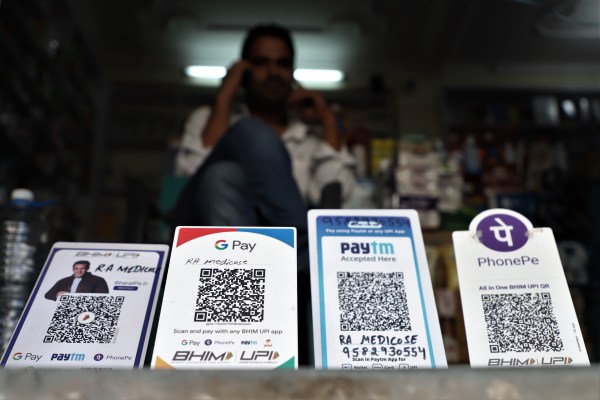
India’s central bank proposed on Wednesday an integration between UPI and credit cards in a significant boost for a fast-growing payments protocol that has become the most popular way individuals in the South Asian market transact online.
“UPI facilitates transactions by linking savings or current accounts through users’ debit cards,” said Shaktikanta Das, Governor of Reserve Bank of India at a briefing.
“It is now proposed to allow linking of credit cards on the UPI platform to begin with the RuPay credit cards will be linked to UPI,” he said. Rupay is India’s homegrown card network, which is promoted by the National Payments Corporation of India, a special body of RBI that also oversees UPI payments.
UPI, a five-year-old payments protocol built by a coalition of retail banks, is the most popular way Indians transact money. In the month of May, the UPI network processed over 5.9 billion transactions, up from 21 million during the same period five years ago.
Allowing UPI to work atop of credit cards “will provide additional convenience to the users and enhance the scope of digital payments,” he said.
The governor did not share the monetization aspect for UPI atop of credit cards.
UPI currently has no monetization model, something many fintech executives have expressed concerns about and requested RBI to reevaluate. The lack of this information is also critical because credit card instrument operates on some of the highest merchant discount rates, which they split with banks and payments service providers.
At the briefing, the central bank also raised the key interest rate for a second straight month. The RBI’s rate setting panel voted unanimously to raise the repurchase rate by 50 basis points to 4.90%.
“Inflation has steeply increased much beyond the upper tolerance level,” said Das. “A large part of the rise in inflation is primarily attributed to a series of supply shocks which can be linked to the war.”

